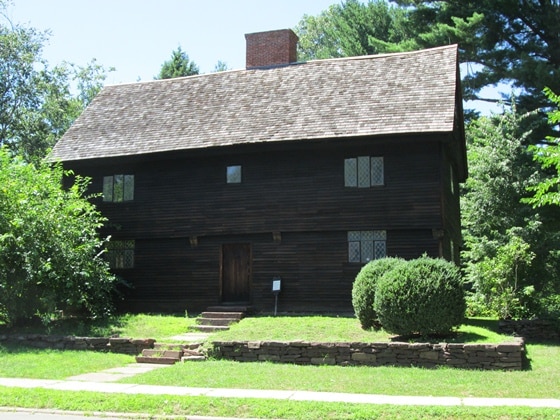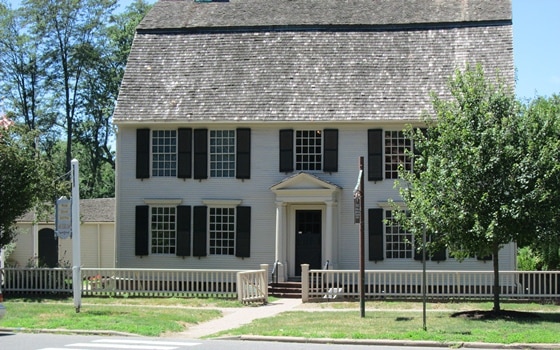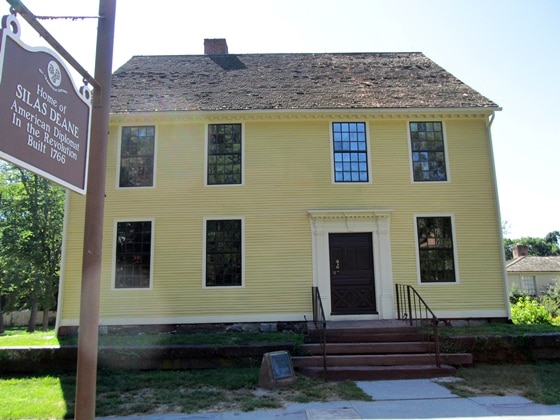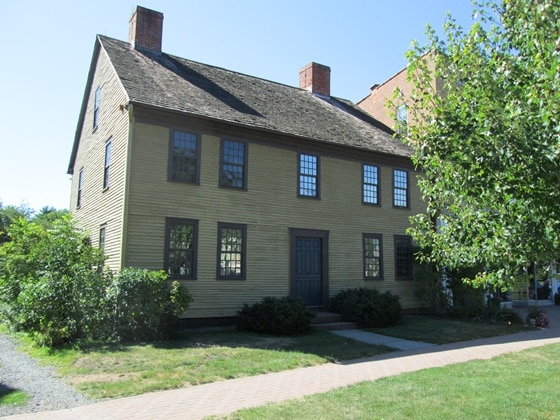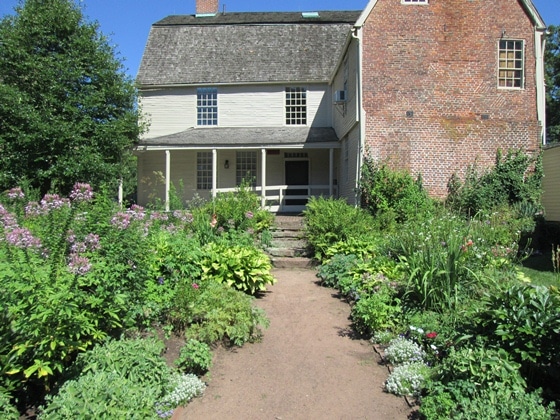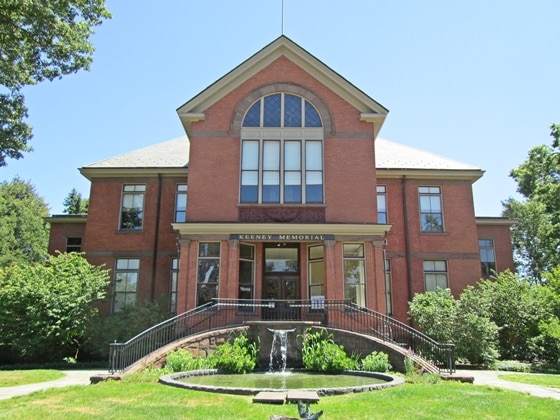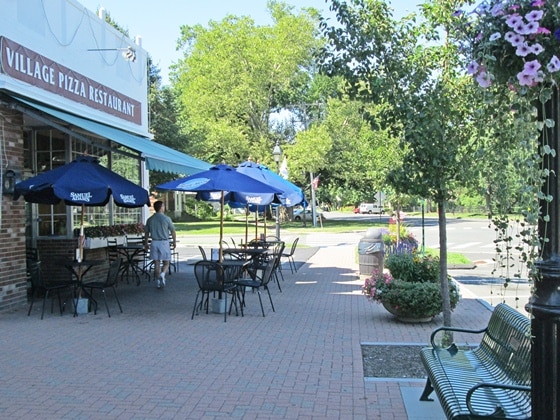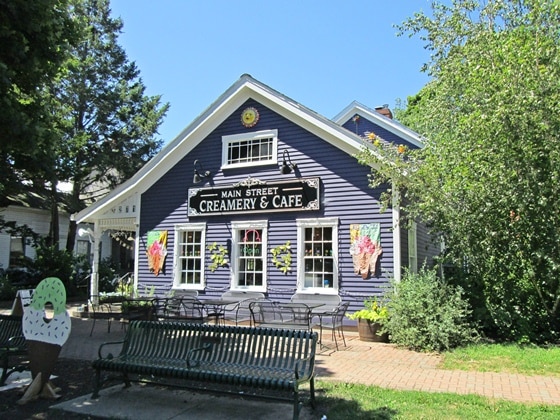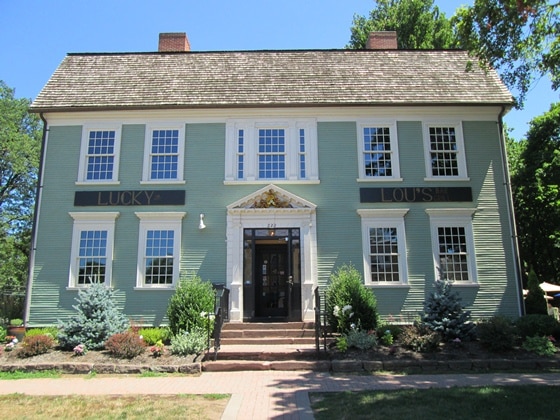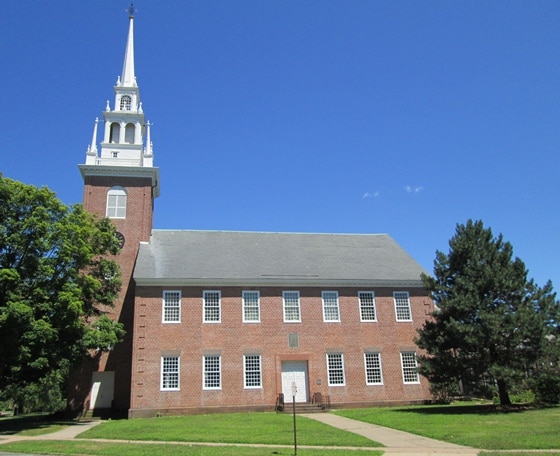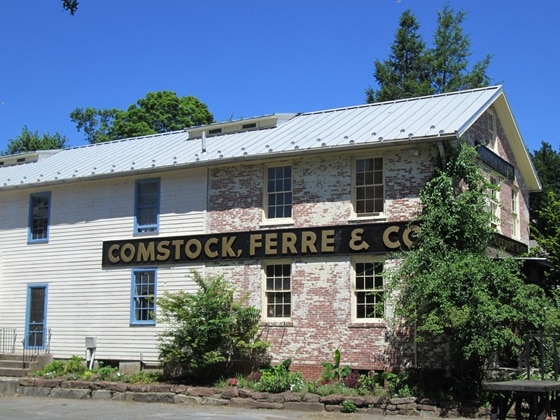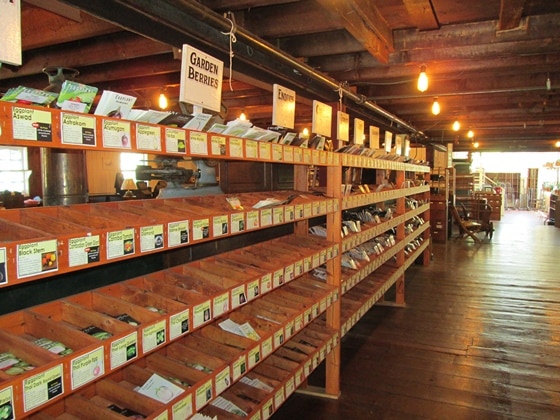Exploring Historic Old Wethersfield, Connecticut
Where’s the oldest and largest historic district in Connecticut? Old Wethersfield, CT, of course, where more than 150 homes predate the Civil War.
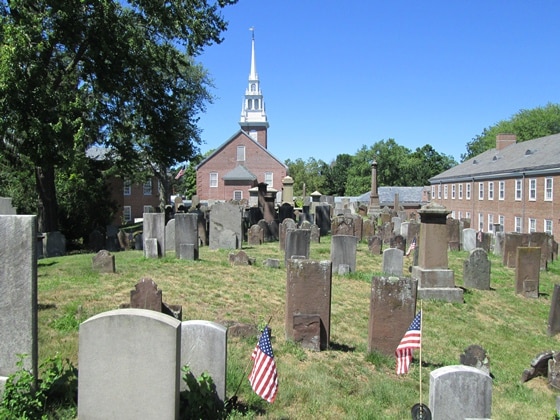
Where’s the oldest and largest historic district in the state of Connecticut? In Old Wethersfield, CT, of course. Founded in 1634, more than 150 homes predate the Civil War (and many predate the Revolutionary War). Walking along these quiet streets, with brick-paver sidewalks shaded by mature trees, you’d never know you were just a stone’s throw from busy I-91. The historic district of Old Wethersfield is a little world unto itself.
History lovers, architecture fans, and those who simply appreciate the aesthetically pleasing qualities of a classic New England village will enjoy a walking tour through the centuries — and that’s easily done here while exploring historic Old Wethersfield, CT. Start with the Buttolph–Willams House on Broad Street. Believed to be built in the early 1700s, it’s the setting for the Newbery Medal winning book The Witch of Blackbird Pond. A 1947 restoration led to the discovery of the four-inch overhang at the second-story level, which had been covered by modern clapboards.
Just down the road, expansive, park-like Broad Street Green comes into view. Livestock would’ve grazed here back in the day, and in 1776 the nation’s first cavalry unit assembled on this grassy area. Today it’s a nice picnic spot below the branches of towering sycamores, oaks, and copper beeches. Across the street from the Green is the elegant Silas W. Robbins House Bed & Breakfast, a Yankee editors’ choice. It’s said to be the finest example of Second Empire architecture in town.
Back on Main Street, you enter the 18th century and beyond at the gem of the Old Wethersfield historic district, the Webb–Deane–Stevens Museum. This collection of three period homes, each providing a snapshot into the lifestyles of the past, is set on nearly eight acres, with a rustic barn (available for weddings and other events today) and formal garden.
Every corner of the 1752 Joseph Webb home reveals another story. Your tour guide can take you through the tale behind the elaborate wall murals installed in 1916 by Wallace Nutting (the famed photographer/artist who purchased the home as a backdrop for his picture-taking) to the most famous story, which revolves around George Washington’s stay here (learn more about George Washington in New England). Logistics made Wethersfield the perfect meeting site for Washington and the French General Rochambeau, and plans they set into motion under this roof eventually led to the fall of the British at Yorktown. A peek into Washington’s bedchamber leaves one feeling … well, very presidential …
And the gardens that have taken root behind the Webb house were originally planned by a rare find in the year 1921—a female landscape architect. Amy Cogswell was charged with creating a Colonial Revival garden. Now restored, it contains arbors, and many of the same flowers found in the colonial era, such as larkspur, peonies, and hollyhocks.
Silas Deane’s circa-1770 Georgian-style home is, like the Webb house, a National Historic Landmark. Its finely appointed interior reflects a setting suitable for America’s first diplomat to France. Much effort has been given to presenting historically accurate details, too, right down to the dark trim color on the painted sash.
The third home in the parcel belonged to a tanner, Isaac Stevens, and provides a peek into a less aristocratic way of life in the early 1800s, complete with a collection of children’s toys from the period on display in a second-floor bedroom.
The museum is ever-evolving, with school programs for kids and annual events. You’ll want to visit twice: in summer to enjoy the gardens and the outdoors, then again when the homes are decked out for the holidays.
Diagonally across the street is the stately brick and brownstone 1893 Keeney Memorial Cultural Center. Originally a high school, it now houses the town’s visitors’ center and local history museum.
Just down from the Keeney sits the Hurlbut–Dunham House, an elegant brick Georgian. Though originally built in 1790, it reflects the style of its last owners, the Dunhams, and is therefore filled with original furnishings and wallpaper from the early 20th century—bringing you at least back into the 1900s.
If that’s not modern enough, take a lunch break at one of the local hot spots or restaurants in Wethersfield, CT. Every place needs good pizza and ice cream, and Village Pizza and the Main Street Creamery fill the bill. Lucky Lou’s occupies a renovated Colonial, complete with a bar (where Red Sox and Yankee memorabilia live side by side—a nice touch of neutrality) and a large, lovely patio area, all wrapped up with a white picket fence.
A short stroll from Lucky Lou’s brings you to the First Church of Christ, built circa 1764 as the local meetinghouse. It’s said that a town’s meetinghouse represented the sophistication and affluence of the townspeople, and therefore much attention was placed on capping the structure with a magnificent steeple—one that would rival those of both Boston’s Old North Church and Trinity Church in Newport.
Behind it, the Ancient Burying Ground remains a testament to the handiwork of dozens of centuries-old stone carvers. The oldest stone dates to 1648. For more research, check out the more than 1,000 books offering local and regional histories, and genealogies of Wethersfield families, housed at the Old Academy Building on Main Street.
We can’t talk about Wethersfield without a nod to its agricultural history. Once known as Oniontown, the plants’ heyday in these parts is long past (though the little red onion symbol is emblazened on town literature and signage). What remains, in addition to an abundance of green space and gardens, are the oldest seed companies in the country, Comstock, Ferre & Co. and Hart. Comstock, Ferre & Co., the oldest continuously operating seed company, has more than 200 years of experience in seeds, seeds, and more seeds. If you can’t find it here, you probably shouldn’t be growing it. The tomato selection alone offers over 130 varieties.
There was more to see and do in Old Wethersfield, CT—a visit to the old Cove, a bike ride through these neighborhood streets, and more museum homes to tour—but the day was fleeting. Next time, an overnight stay will be in order, ensuring a more leisurely pace for a stroll back in time.
Have you ever visited Old Wethersfield, CT?
This post was first published in 2012 and has been updated.
SEE MORE:
Old Wethersfield, CT | Could You Live Here?
Scenes from Historic Old Wethersfield, CT
Debbie Despres
Debbie Despres is a contributor to YankeeMagazine.com. She lives in Peterboro, New Hampshire.
More by Debbie Despres


